Has Active Noise Cancellation (Noise Control)
JBL Reflect Aero TWS
✓
Powerbeats Pro ✗
ANC makes use of advanced technology to reduce ambient sounds. How it works, it listens to the sound pattern of incoming noise and after inverts the soundwaves to cancel it out. Simply put, it's like taking +1 (sound from your surrounding) then producing -1 (inverted noise) giving 0 which results in a reduced level of noise.
The JBL Reflect Aero TWS have ANC enabling you to listen at lower volume levels, causing less ear fatigue since you don't need to crank up the device volume to outcompete background noise.
Has Passive Noise Reduction
JBL Reflect Aero TWS
✓
Powerbeats Pro ✓
Powerbeats Pro sit well in place, this creates a sound seal that reduces background sounds well as preventing the earbuds voice audio from leaking out at the same.
Both of these devices have passive noise reduction which implies that both limit ambient noise without using ANC to cancel it out.
Driver Unit Size
JBL Reflect Aero TWS
6.8mm
Powerbeats Pro 12mm
The Powerbeats Pro driver unit is 12mm in diameter, bigger drivers are more powerful, and can produce better bass.
The driver unit is basically a mini speaker that makes sound in the device, its size corellates with the loudness of the device.
JBL Reflect Aero TWS driver unit is 6.8mm in diameter,
which implies that they have a smaller driver unit than that of Powerbeats Pro by 5.2mm
, as many tend to believe that driver units of a bigger size automatically produce better sound quality.
However, large drivers find it difficult to produce high frequencies so it's true that, larger drivers can generate louder sound, but this does not mean that they produce better quality sound.
Lowest Frequency
JBL Reflect Aero TWS
20Hz
Powerbeats Pro 10Hz
Powerbeats Pro's lowest frequency is at 10Hz, low-frequency response measures if and how well a particular audio device generates low frequencies that can be heard, and if it makes any changes to the signal on its way through.
JBL Reflect Aero TWS's lowest frequency is at 20Hz, this means that
Powerbeats Pro can make sound with a juicier bass than the JBL Reflect Aero TWS
Highest Frequency
JBL Reflect Aero TWS
20,000Hz
Powerbeats Pro ✗
JBL Reflect Aero TWS's highest frequency is at 20,000Hz, high-frequency response tells how well an audio device produces high human frequencies and if it makes any adjustments to the signal while at it.
Sound Pressure Level
JBL Reflect Aero TWS
99dB/mW
Powerbeats Pro ✗
The sound pressure level, is the level of pressure of sound, measured in decibels, dB, JBL Reflect Aero TWS's measurement is 99dB/mW. Devices with a higher sound pressure level are generally louder when supplied with any given audio source.
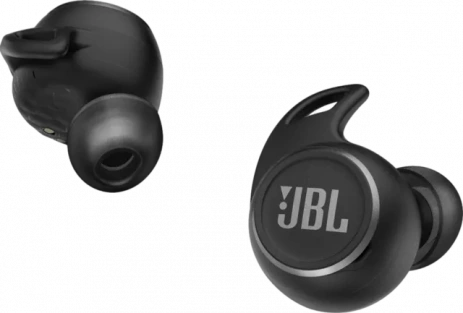
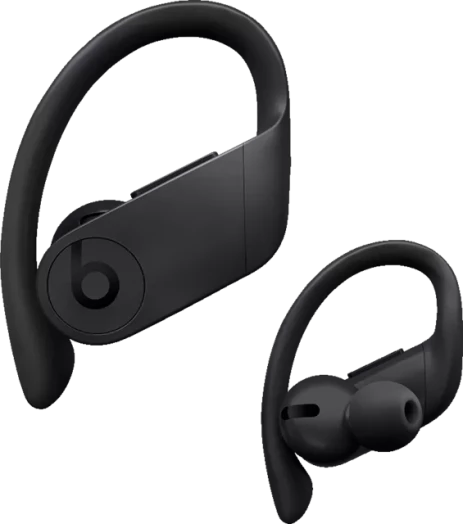
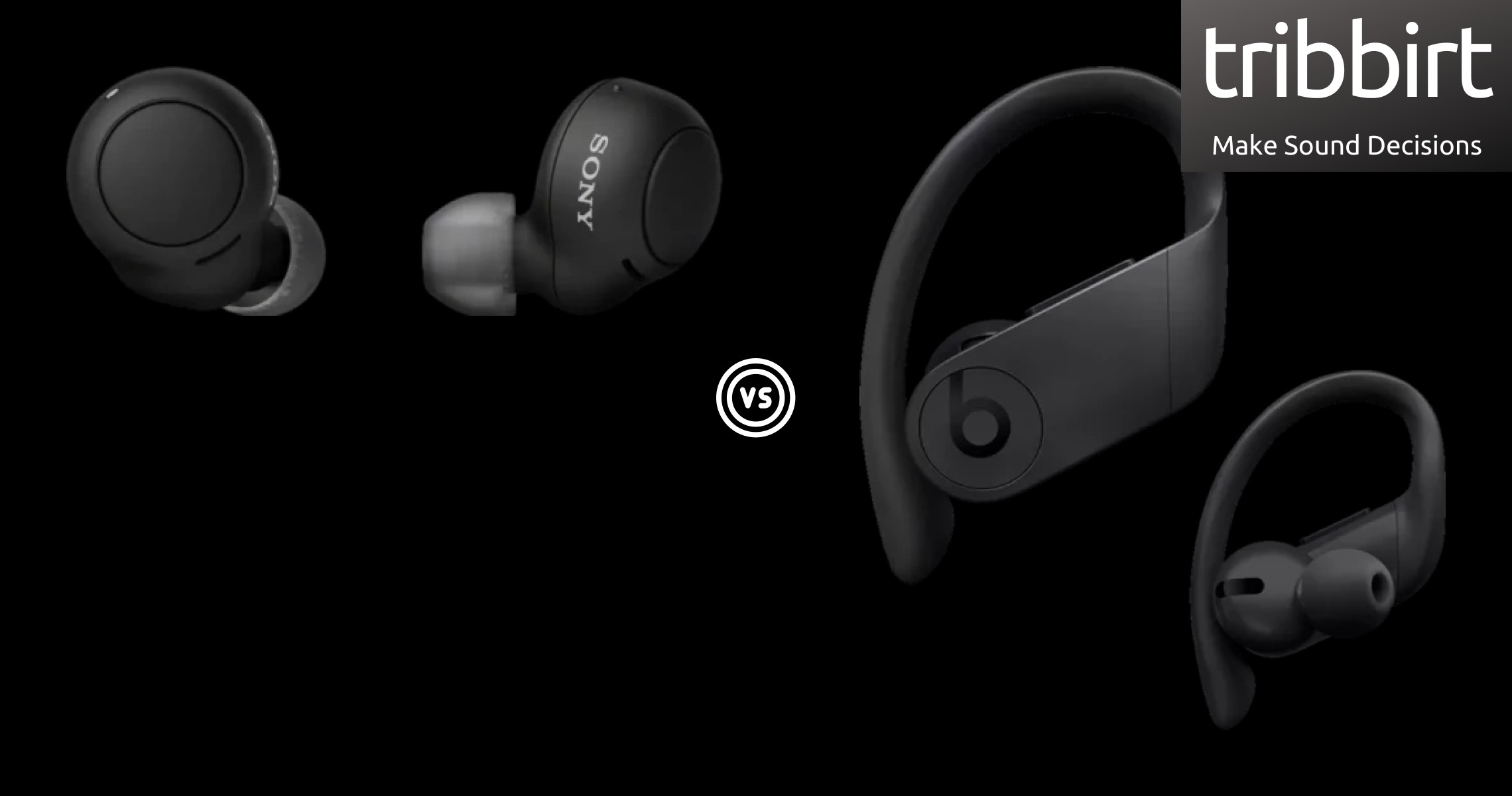
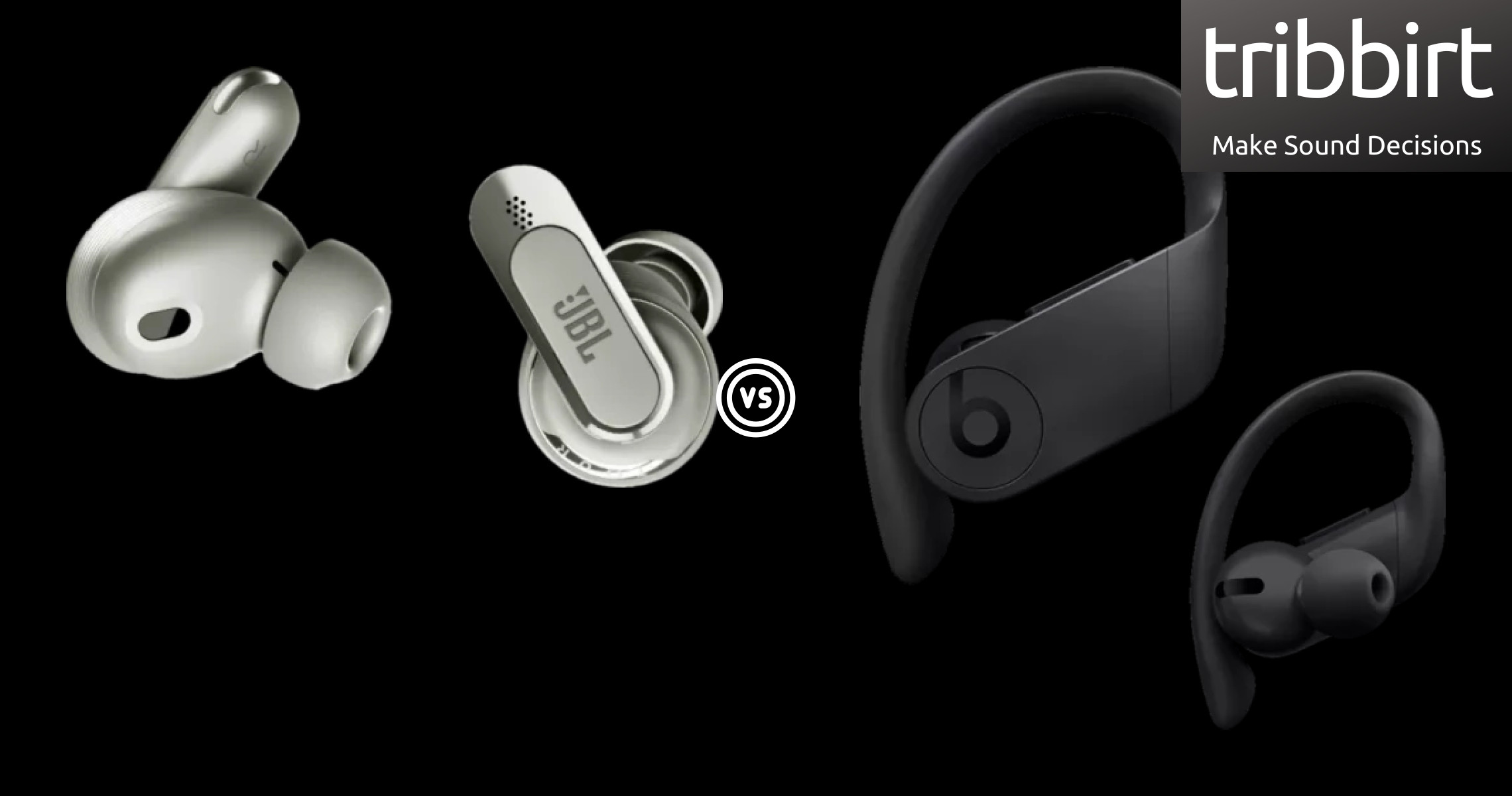
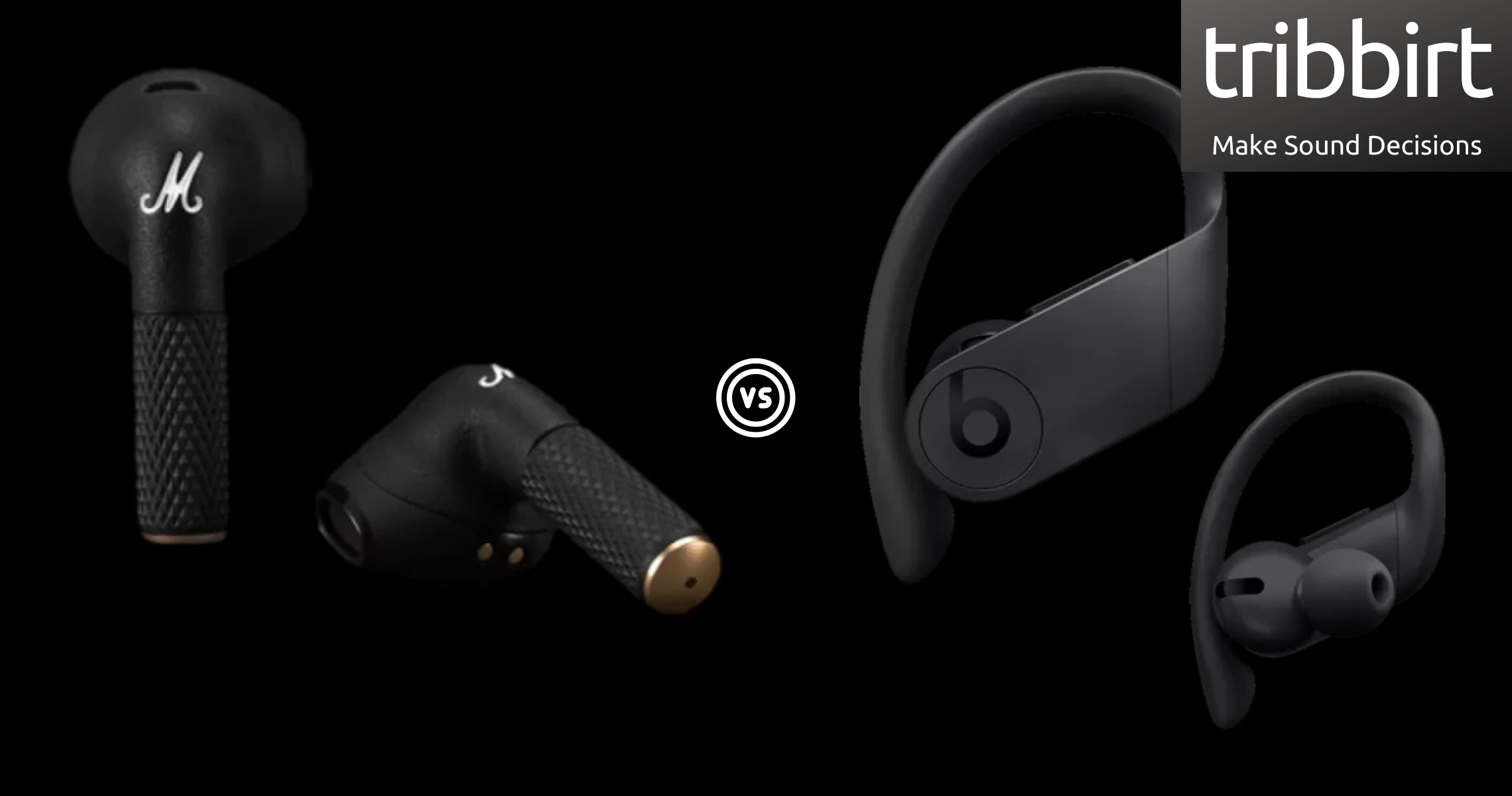
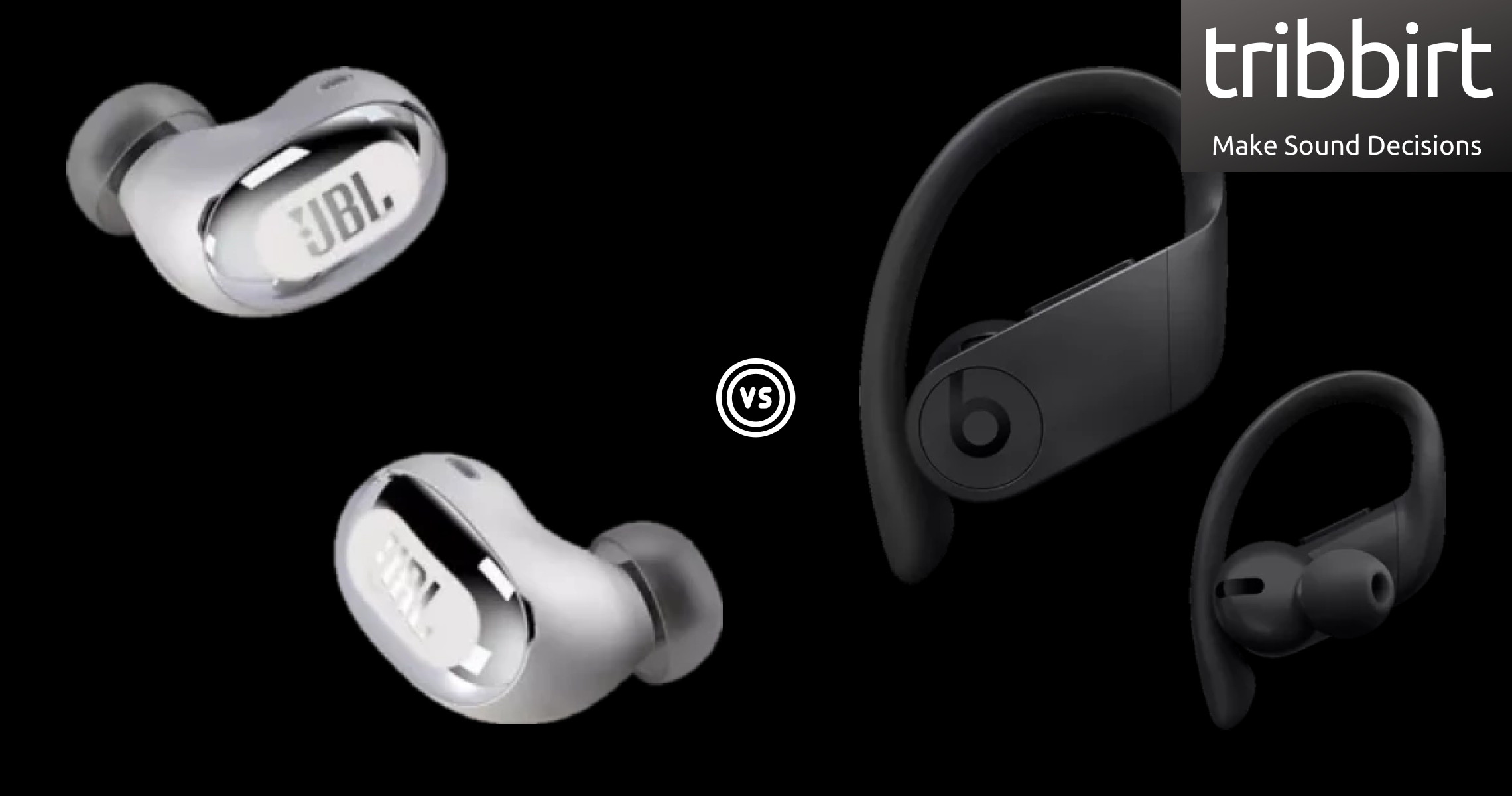
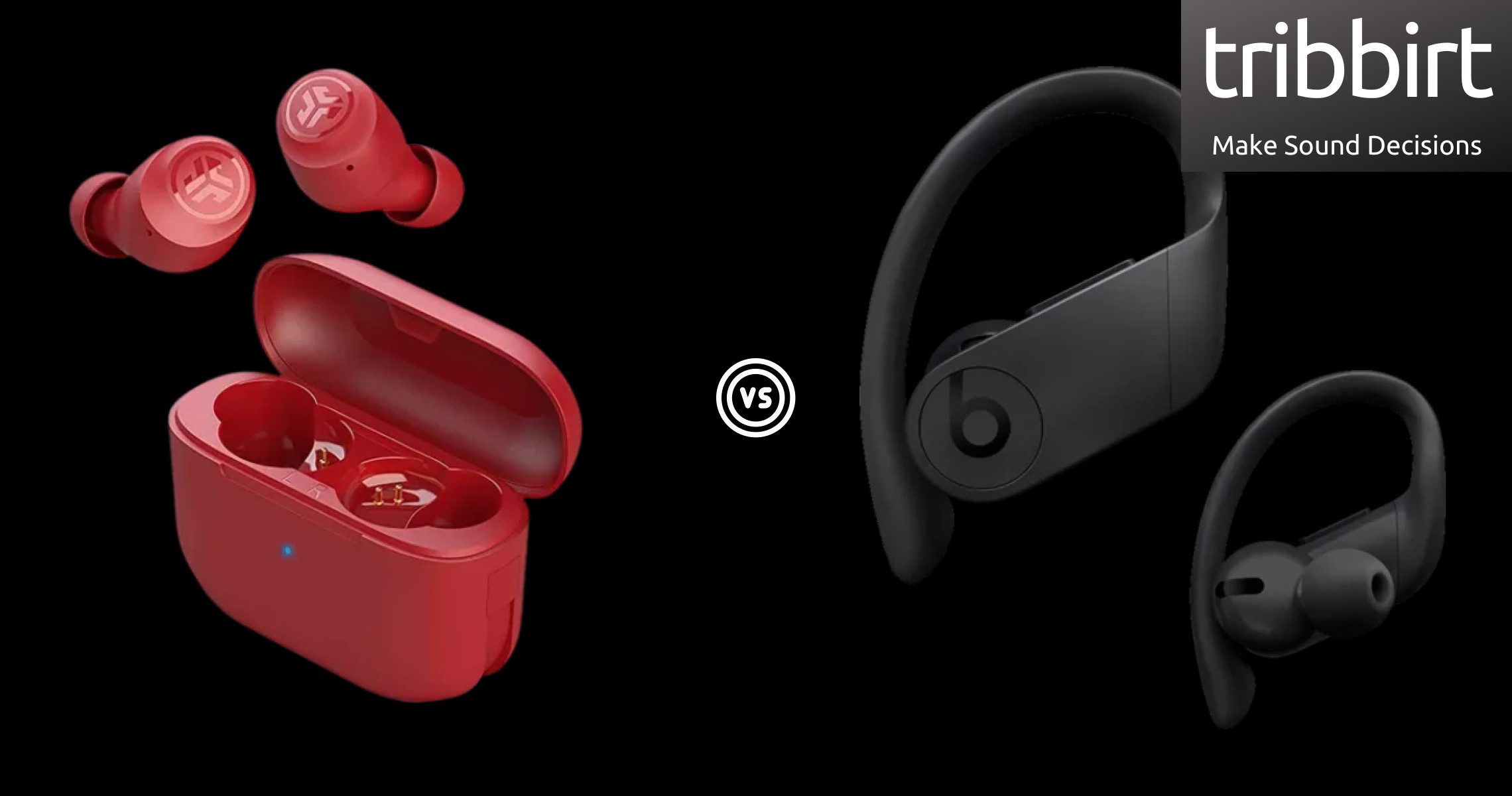
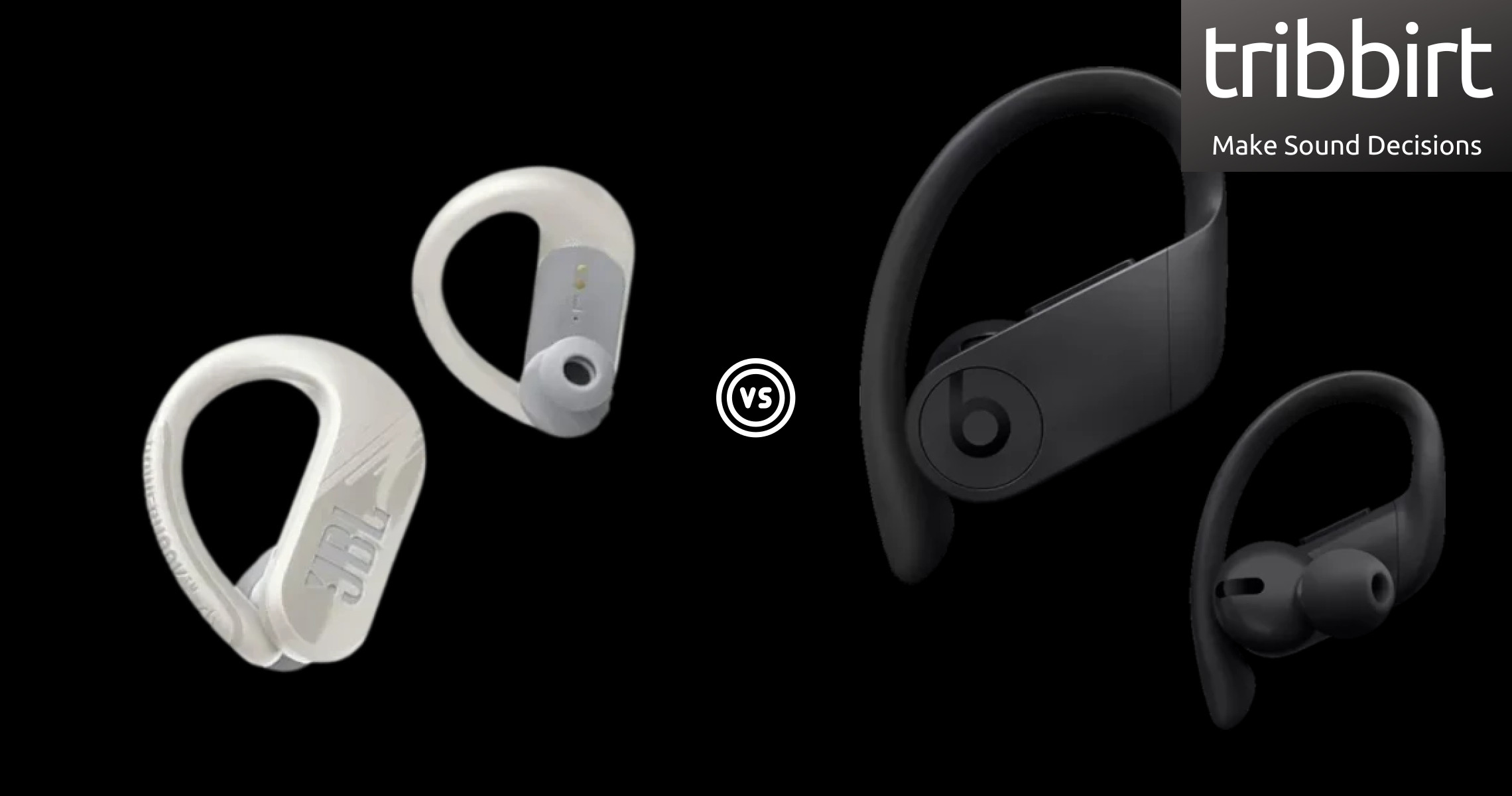
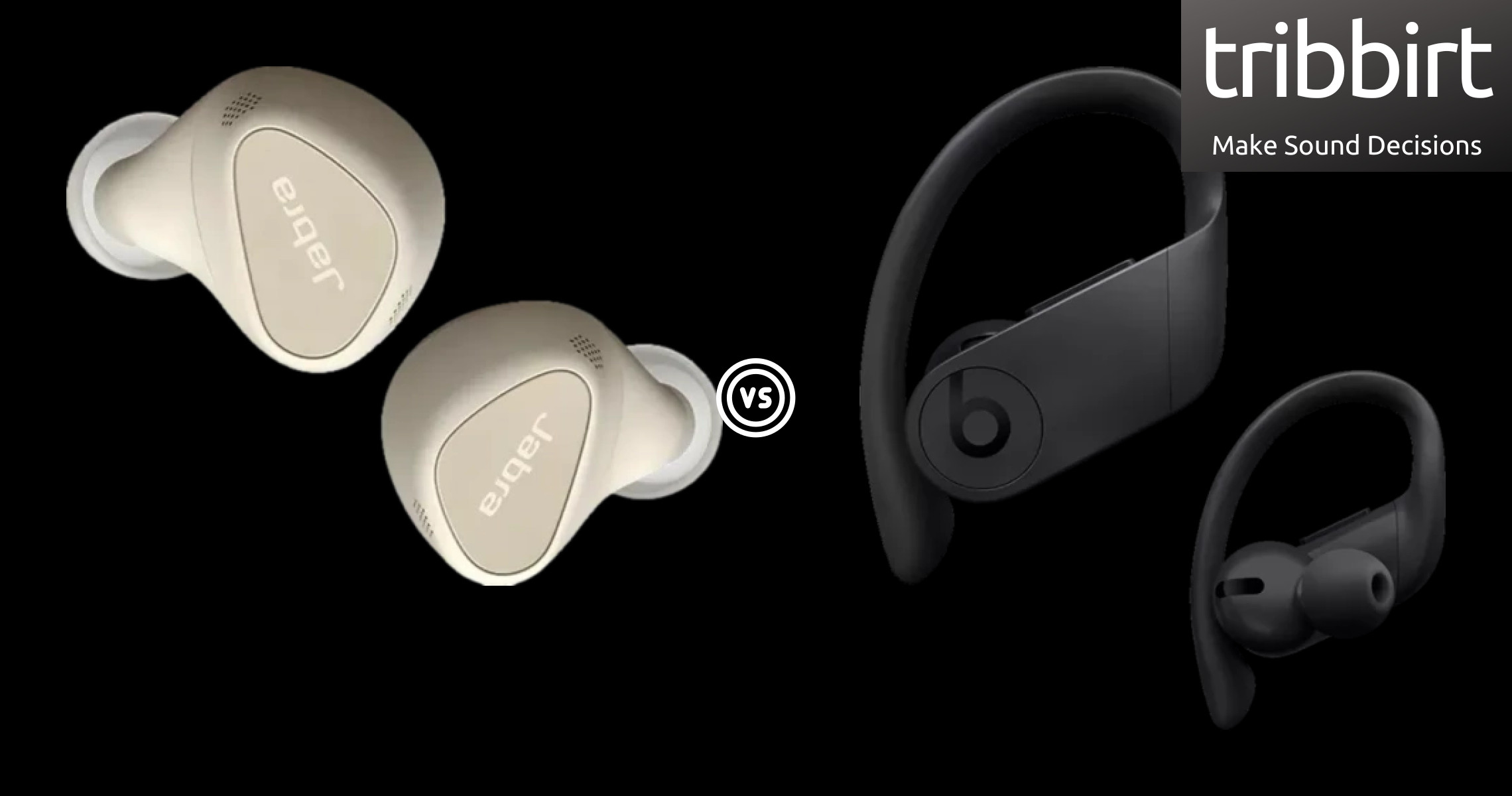
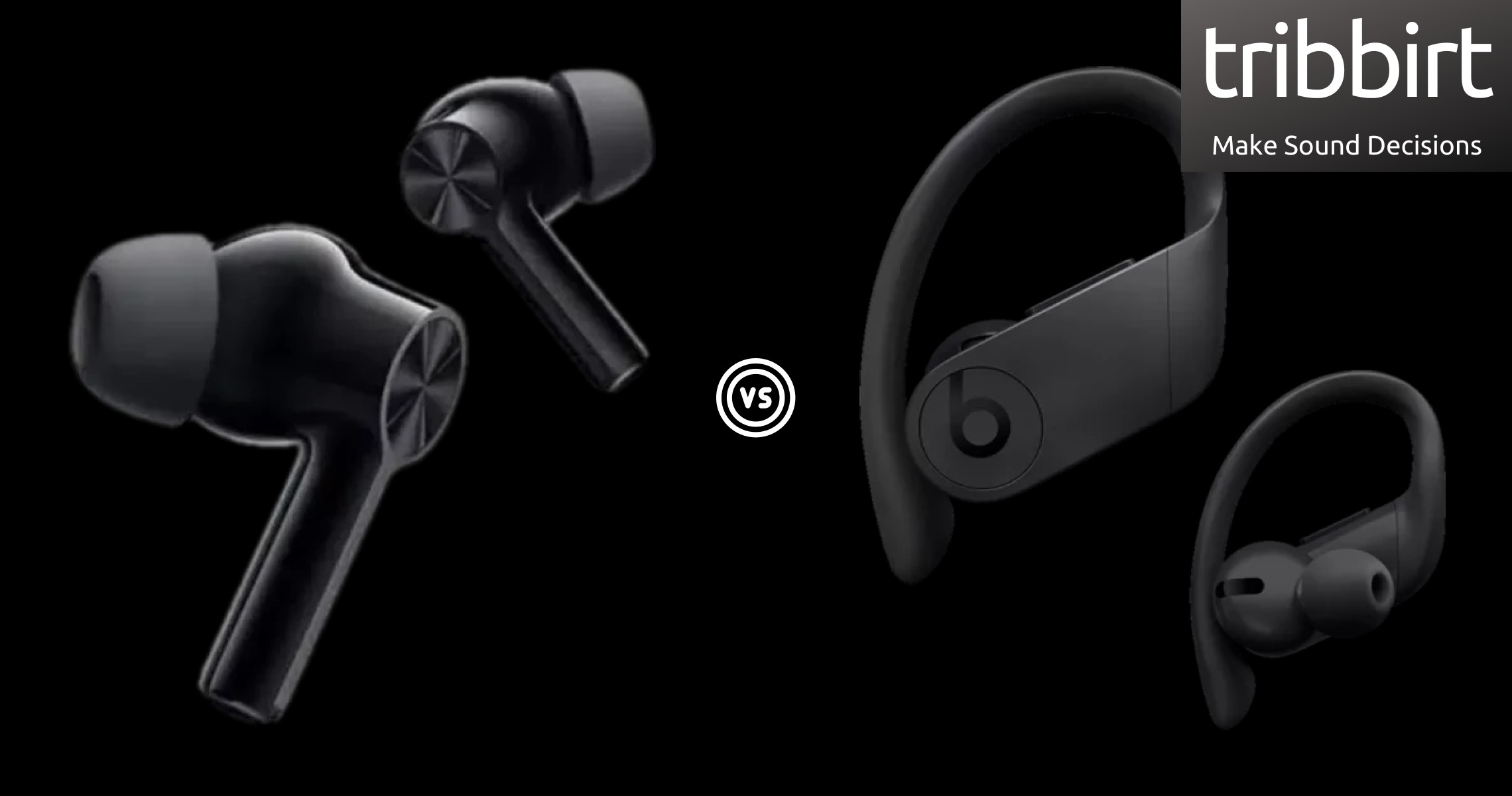
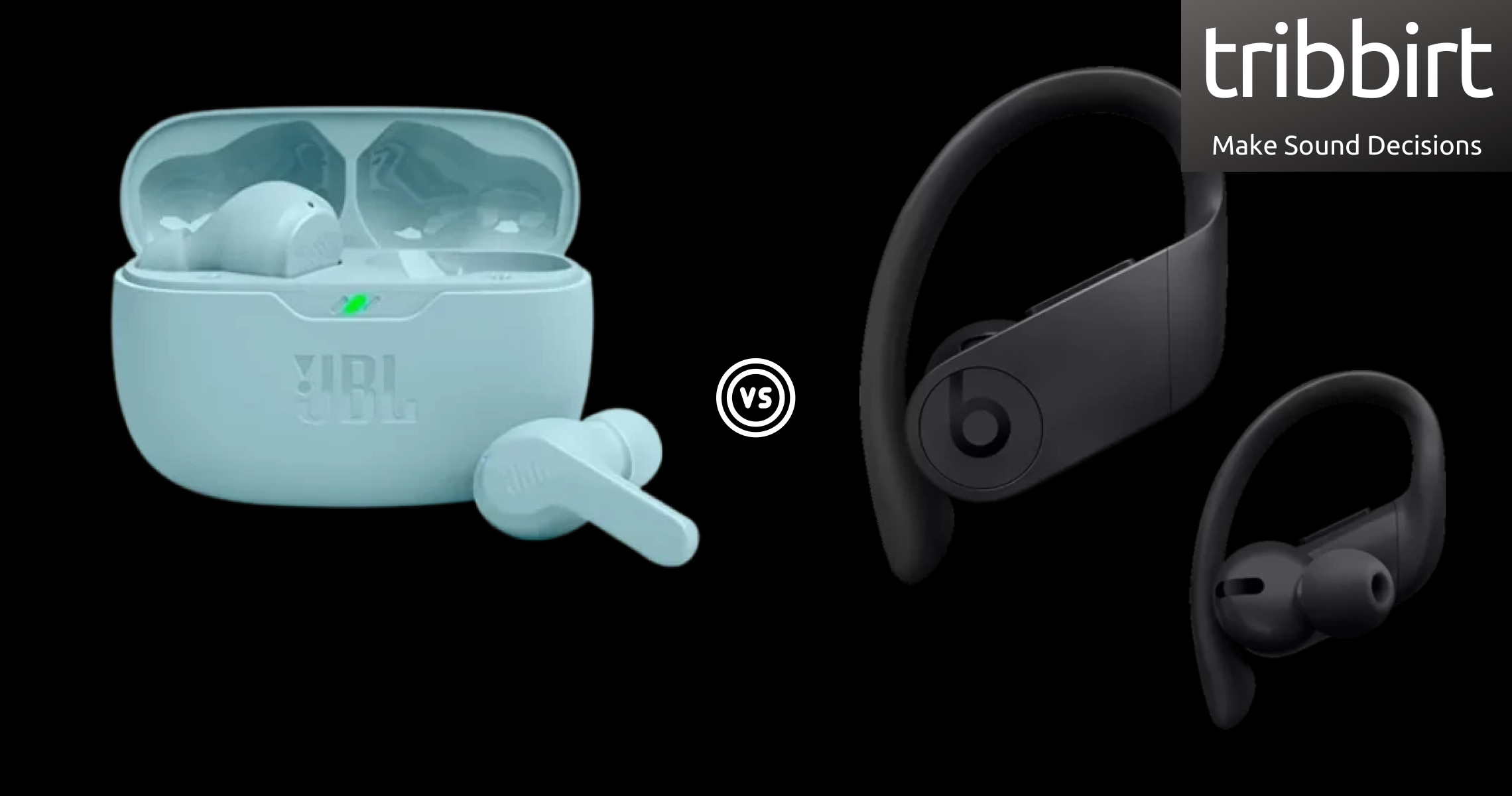
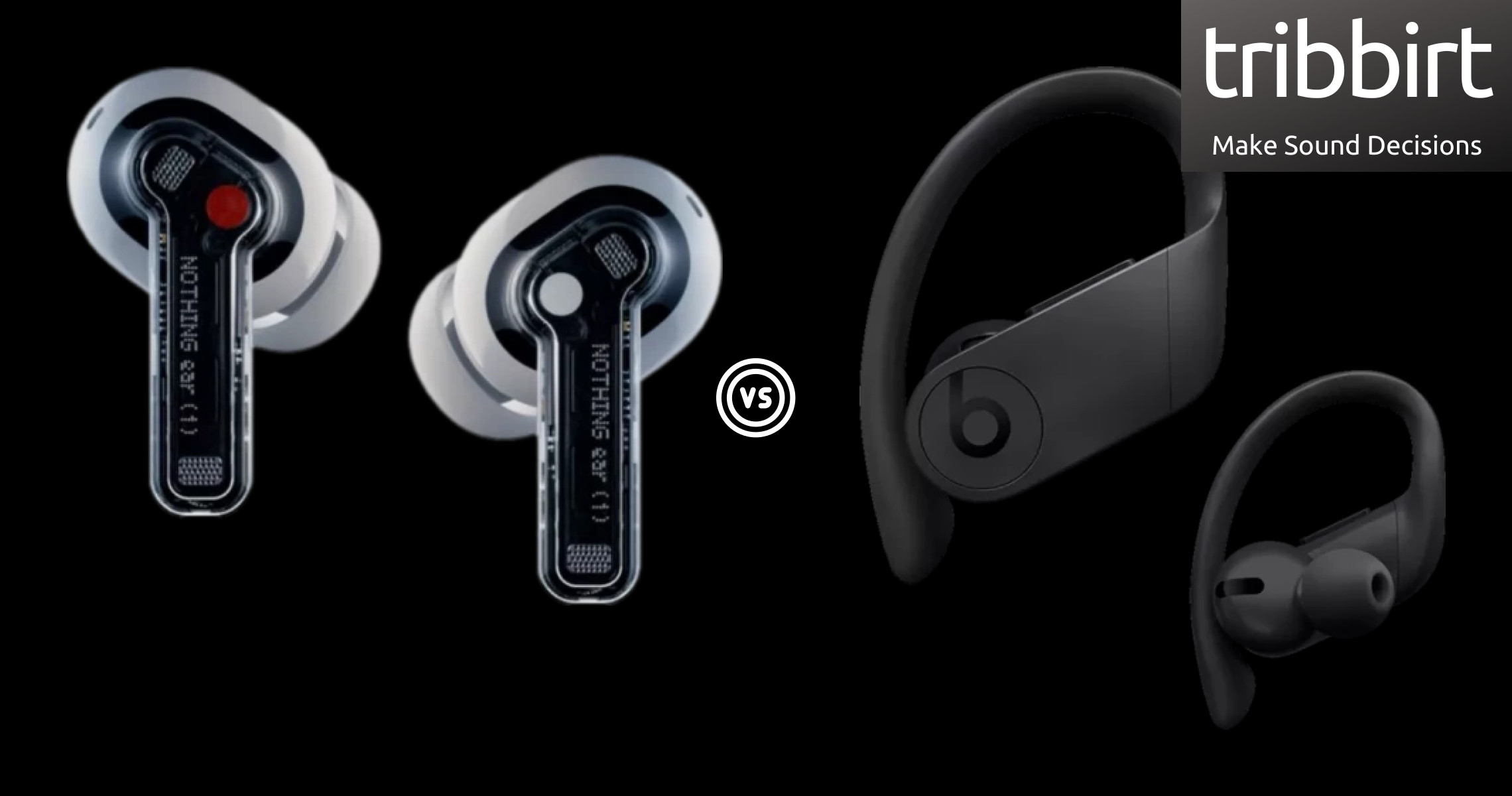


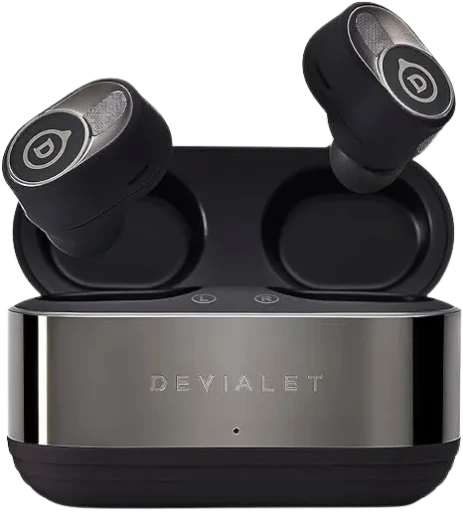 Devialet Gemini 2 Vs. Powerbeats Pro Review
Devialet Gemini 2 Vs. Powerbeats Pro Review
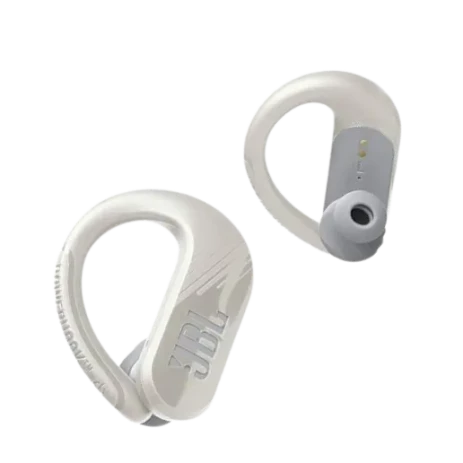 Jbl Endurance Peak 3 Vs. Powerbeats Pro Review
Jbl Endurance Peak 3 Vs. Powerbeats Pro Review
 Audio Technica Ath Cks30Tw Plus Vs. Powerbeats Pro Review
Audio Technica Ath Cks30Tw Plus Vs. Powerbeats Pro Review